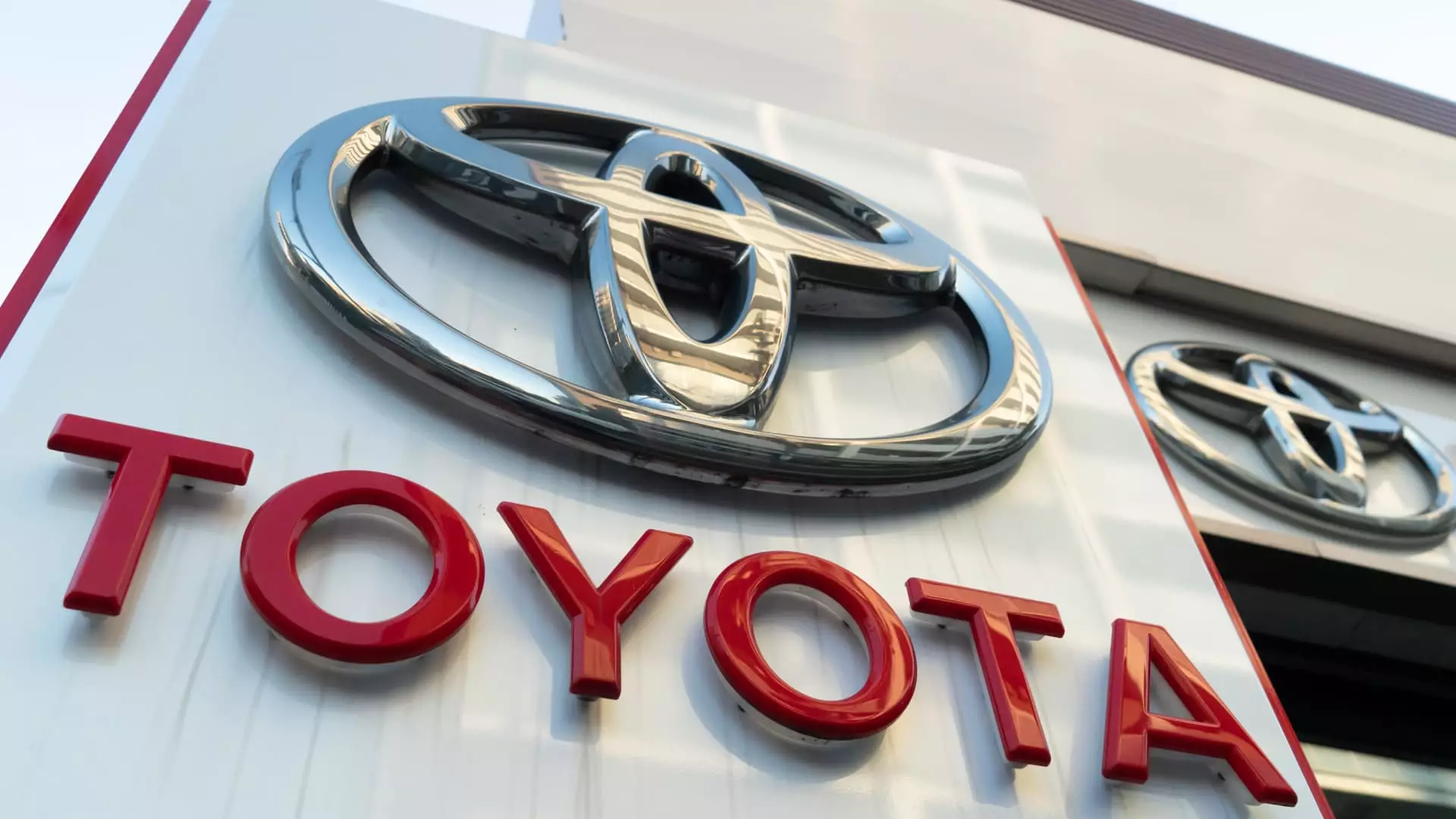In a recent statement, Toyota Motor Corporation’s executive leadership raised significant concerns regarding the ambitious electric vehicle (EV) mandates proposed by the California Air Resources Board (CARB). With the regulations slated to roll out in the near future, specifically requiring that 35% of 2026 model-year vehicles be zero-emission, industry experts and automakers alike are questioning the practicality of meeting these guidelines. Toyota’s Chief Operating Officer, Jack Hollis, openly characterized the targets as “impossible,” indicating that the current market demand does not align with these stringent goals.
Data from J.D. Power illustrates a stark reality: the national average for retail EV and plug-in hybrid electric vehicle sales stands at a modest 9% as of October. While states like California, Colorado, and Washington are leading the charge with adoption rates of 27%, 22%, and 20% respectively, numerous other states lag significantly—New York with 12%, New Mexico at only 5%, and Rhode Island at 9%. The challenge is compounded by CARB’s ultimate objective for California to achieve 100% zero-emission vehicle sales by 2035, a target that, even for the most forward-thinking states, appears daunting at best.
Hollis’s assertion that the mandates will lead to reduced consumer choice is not merely a defense of Toyota’s existing business model; it also reflects broader concerns within the automotive industry. The imbalance between mandated EV supply and actual consumer demand could lead to a situation where manufacturers allocate more EVs to compliant states, potentially neglecting regions with lower EV saturation. This distortion not only impacts consumers’ options but could create significant ripples throughout the supply chain and dealership landscape, disproportionately affecting markets that are not on the same trajectory toward electrification.
As automotive manufacturers brace for these regulatory challenges, some insiders predict the emergence of what Hollis calls “unnatural acts” within the industry. This term encapsulates the potential for companies to skew their production lines and marketing strategies in response to regulatory pressures rather than genuine market demand. Such a seismic shift could destabilize the automotive market, leading to an era where the focus on electrification overshadows the primary consumer-driven nature of vehicle manufacturing.
Hollis emphasizes the need for a coherent approach among various stakeholders, advocating for a consistent national standard that would treat all dealers and customers equitably. He believes that harmonizing California’s regulations with federal standards established by the Environmental Protection Agency would facilitate a more sustainable transition to electric vehicles.
Looking ahead, the political landscape surrounding emissions standards could further complicate the situation. The possibility of renewed legal battles, reminiscent of the previous administration’s efforts to challenge state authority on emissions, looms large. Industry experts remain divided on how forthcoming administrations will navigate these tumultuous waters.
Hollis expressed a hopeful outlook, wishing to see a collaborative approach rather than a contentious one. The automotive industry, influenced significantly by market dynamics and consumer preferences, thrives best under clear, achievable guidelines rather than regulations that could stifle innovation and choice.
The conversation surrounding California’s EV mandates is just the beginning of a much larger dialogue about the future of transportation. Manufacturers face immense pressure to adapt, innovate, and meet compliance, but the fundamental question remains: can demand keep pace with the rapid transition toward electrification? As stakeholders from automakers to state officials grapple with these challenges, the automotive industry stands at a pivotal crossroads, demanding thoughtful engagement rather than divisive confrontation. The transition to a greener future is undoubtedly a worthy goal, but achieving it sustainably is likely to require a more measured and collective effort.

Leave a Reply